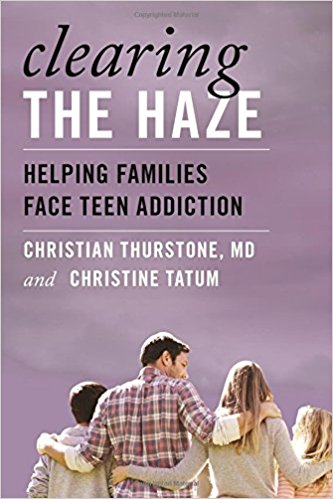Marijuana-related problems of public health and safety are worsening in Colorado, according to a new federal report released today by the Rocky Mountain High Intensity Drug Trafficking Area, or HIDTA.
The agency is part of a national network of federal offices charged with providing assistance to federal, state and tribal law enforcement agencies in areas determined to be critical drug-trafficking regions of the United States.
The third annual report packs a lot of information into its 169 pages, which are divided into 11 sections examining an array of issues, including rates of driving while under the influence and marijuana-related traffic fatalities (both of which are up significantly), workplace drug testing results (more positive THC rates in Colorado workers), and more marijuana-related emergency room visits and hospitalizations.
Given this site’s special focus on child and adolescent health (which extends to age 25, when the brain reaches full maturity), we note the following findings from the report:
In 2013, 11.16 percent of Colorado youth ages 12 to 17 years old were considered current marijuana users compared to 7.15 percent nationally. Colorado ranked third in the nation and was 56 percent higher than the national average.
Drug-related suspensions/expulsions increased 40 percent from school years 2008/2009 to 2013/2014. The vast majority were for marijuana violations.
Since 2013, there has been a 20 percent increase in the percent of probationers ages 12-17 who tested positive for marijuana. The rate jumped 49 percent for probationers ages 18 to 25, and it increased 87 percent for probationers ages 26 and older.
In 2013, 29 percent of college-age students (ages 18 to 25 years old) were considered current marijuana users compared to 18.91 percent nationally. In Colorado, the marijuana use rate of this demographic ranked second in the nation — and 54 percent higher than the national average.Between pre- and post-commercialization of medical marijuana, there was a 17 percent increase in monthly marijuana use by this demographic. There was an 11 percent increase in just one year, from 2013 to 2014.
Children’s Hospital Colorado reported two marijuana ingestions among children under 12 in 2009 compared to 16 in 2014.
Marijuana-related exposures in Colorado children up to age 5 averaged 31 in 2013-14 — an increase of 138 percent from the commercialization of so-called “medical” marijuana years of 2009-12 and a 225 percent increase from the pre-commercialization years of 2006-2008.
Urban Peak, which provides an array of social services to youth ages 15 to 25, reported a 152 percent increase at its drop-in center in just one year. Kim Easton, director of the Denver-based organization, said about one-third of the newcomers — nearly all of whom are homeless — cite legal marijuana as a factor for their move to Colorado.
Toxicology reports show that marijuana is the most common substance found in Colorado adolescents who commit suicide. Of youth 10-19 years old who committed suicide, marijuana is the only substance found at a higher rate than adults ages 20 and older who committed suicide.
THC potency has risen from a national average of 3.96 percent in 1995 to an average of 12.55 percent in 2013. The average THC potency of marijuana in Colorado was 17.1 percent. The drug’s potency is especially problematic for adolescents who are in critical stages of brain development and risk permanent IQ loss.
Children of parents who have used marijuana are three times more likely to use the drug, according to a national survey of 1,051 people ages 18 to 25 conducted by the Hazelden Betty Ford Foundation’s Center for Public Advocacy. The survey found that 72 percent of children who reported their parents have used, or are using, marijuana also have used the drug. That compares to less than 20 percent of children whose parents have not used marijuana. About 15 percent of survey respondents said they first used the drug before the age of 14, while another 35 percent reported first use between the ages of 14 and 16.
The survey also found that the majority of young adult marijuana users (6 out of 10) believed marijuana was not addictive and that it does not damage the brain. Almost half of respondents said eating marijuana is safer than smoking it.
In Colorado, close to 49 percent of youth surveyed admitted they had used marijuana, compared to approximately 41 percent nationwide. In Colorado, 24 percent of youth said they used marijuana daily, compared to about 19 percent for the rest of the country.
The report includes findings from surveys of resource officers and counselors working in Colorado schools. These are their comments:
Halls Reek of Pot After Lunch
“More and more students are coming back to school high after lunch.”
Arrives at School Stoned
New Use of Bathrooms:
It’s Legal:
Just a Plant:
Grades Decline:
Dad Allows Pot Smoking:
Difficulty in Assessment:
For much more information, please see the full report.


We welcome all thoughtful comments, but please abide by our commenting rules